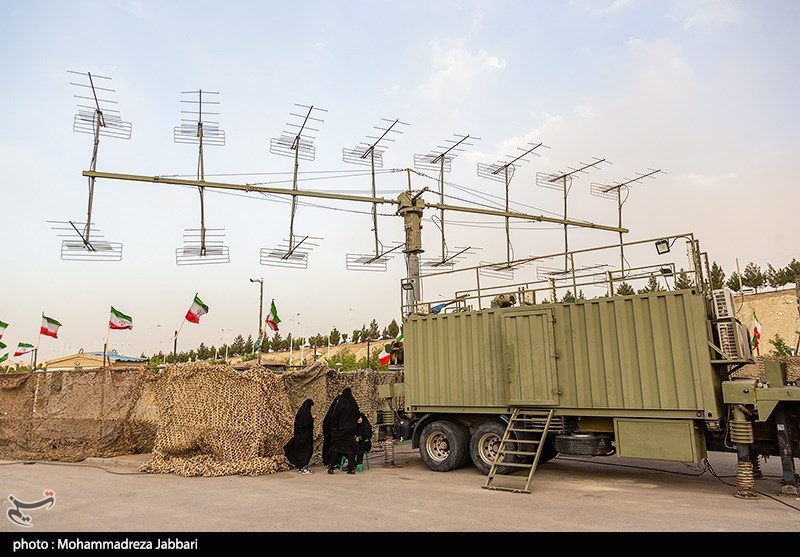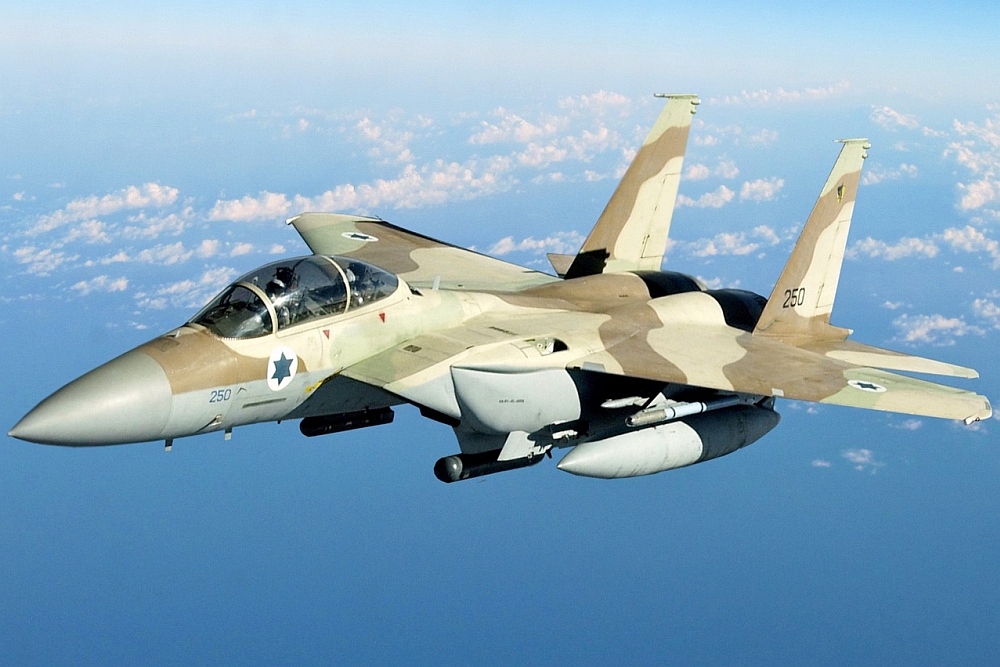Can Irans Fordow enrichment site be destroyed?
Is the reported 90m very-hard granite overburden➕backpacked steel-concrete liner sufficient to stop:
➡️ 🇺🇸 Massive ordnance penetrator?
➡️ 🇺🇸 Nuclear earth penetrator?
➡️ 🇺🇸 & 🇮🇱 Nuclear ballistic missile warheads?
A thread ⏬
Is the reported 90m very-hard granite overburden➕backpacked steel-concrete liner sufficient to stop:
➡️ 🇺🇸 Massive ordnance penetrator?
➡️ 🇺🇸 Nuclear earth penetrator?
➡️ 🇺🇸 & 🇮🇱 Nuclear ballistic missile warheads?
A thread ⏬
https://twitter.com/FieldMarshalPSO/status/1463622293792473095
What is Fordow capable of?
➡️ Hardrock type is known to be Granite of unknown strength (140-230 Mpa), with an reported overburden of 90m
➡️ Heavy backpacked concrete steel tunnel liner is used
Graphic below shows an attack by 250kt nuclear warhead delivered by Jericho/Trident
➡️ Hardrock type is known to be Granite of unknown strength (140-230 Mpa), with an reported overburden of 90m
➡️ Heavy backpacked concrete steel tunnel liner is used
Graphic below shows an attack by 250kt nuclear warhead delivered by Jericho/Trident

With known heavy Iranian liner types interpolated at 2,5 kbar:
➡️ Probability of damage is just 10% with an avarage value of granite compressive strenght
➡️ It is estimated to decrease to 2-5% with very hard granite, which is most likely and the reason for site selection Fordow

➡️ Probability of damage is just 10% with an avarage value of granite compressive strenght
➡️ It is estimated to decrease to 2-5% with very hard granite, which is most likely and the reason for site selection Fordow


Appears that the design point of Fordow is also the most likely scenario of the 3:
➡️ Ballistic missile attack by non-MaRV'ed Jericho-2 (or Trident-II)
Against which it would most likely remain intact (vibration sensitive centrifuges excluded)
Multiple hits to some extend too
➡️ Ballistic missile attack by non-MaRV'ed Jericho-2 (or Trident-II)
Against which it would most likely remain intact (vibration sensitive centrifuges excluded)
Multiple hits to some extend too

Scenario:
1: MOP is non-feasible in terms of penetration, except temporarily blocking entrances
2: Aircraft delivered nuclear earth penetrator would work, but given:
➡️ Depth of Fordow in 🇮🇷 heartland
➡️ Improvement of 🇮🇷 air-defense
Would require a long, total war campaign
1: MOP is non-feasible in terms of penetration, except temporarily blocking entrances
2: Aircraft delivered nuclear earth penetrator would work, but given:
➡️ Depth of Fordow in 🇮🇷 heartland
➡️ Improvement of 🇮🇷 air-defense
Would require a long, total war campaign

This shows why Fordow is of such a key importance for Irans nuclear leverage and latent capability
➡️ It also shows why 🇮🇱 threats on a strike against 🇮🇷 uranium enrichment capability, even with its most potent weapon; nuclear Jericho-2 BMs is simply infeasible
➡️ JCPOA Psyops
➡️ It also shows why 🇮🇱 threats on a strike against 🇮🇷 uranium enrichment capability, even with its most potent weapon; nuclear Jericho-2 BMs is simply infeasible
➡️ JCPOA Psyops

• • •
Missing some Tweet in this thread? You can try to
force a refresh



















